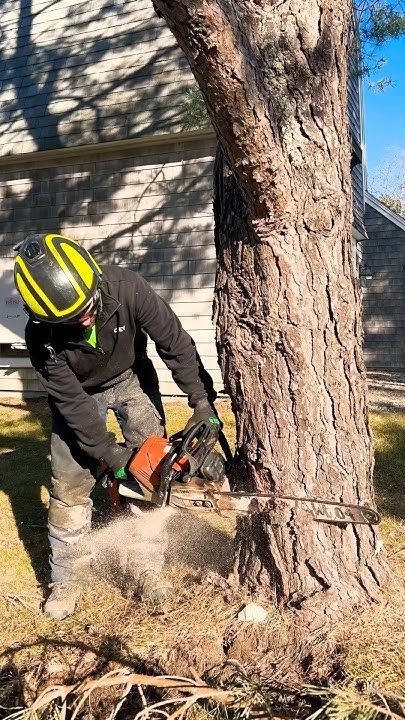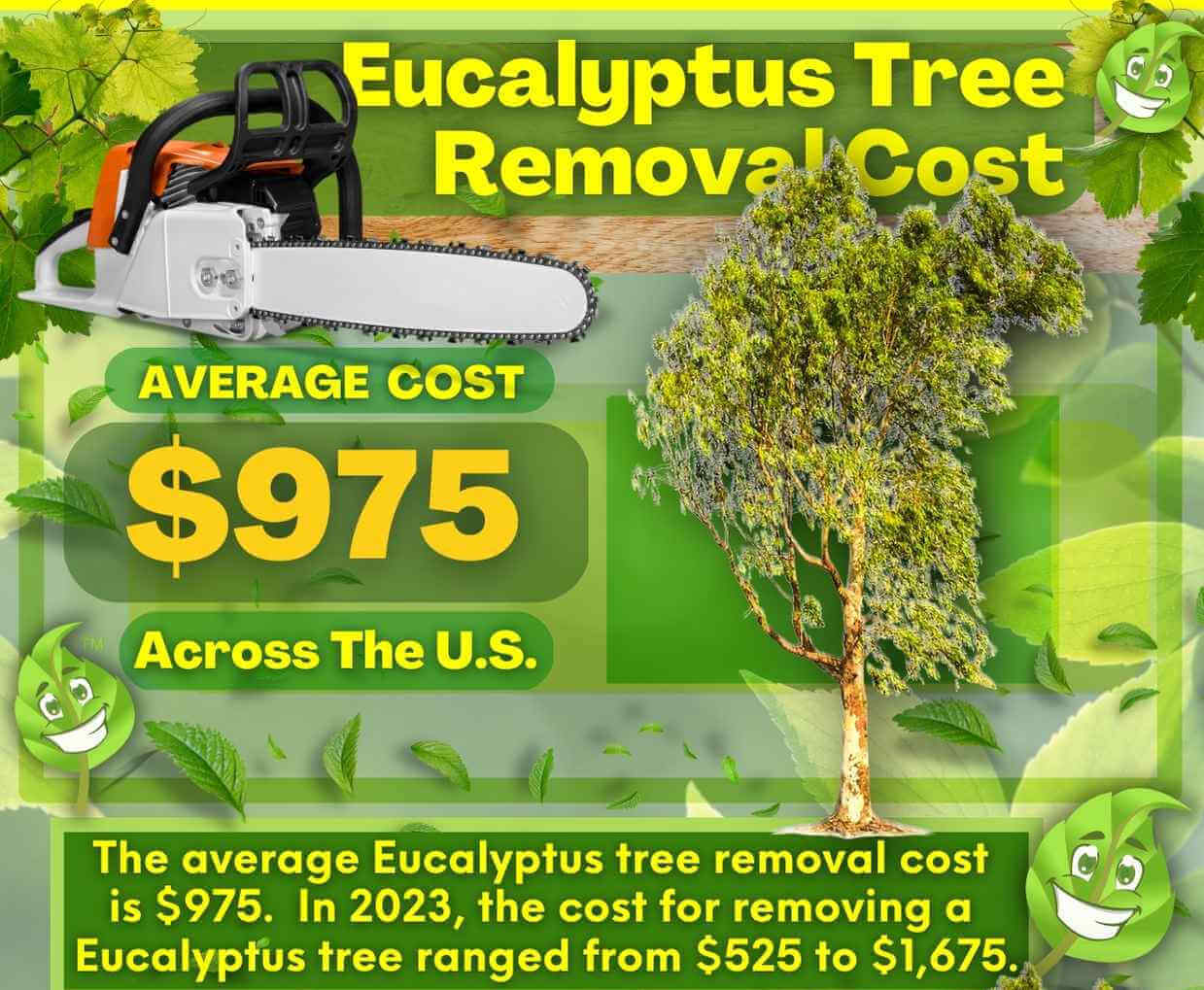Featured
Table of Contents
- – Valdosta, GA Tree Clearing Special Features Co...
- – Next-Day Tree Removal Service Costs In Valdost...
- – How Much Does A Stump Grinding Cost In Valdos...
- – Compare Arborist Costs In Valdosta, GA
- – Timeline For A Tree Trimming Installation In ...
- – Valdosta, GA Tree Clearing Specialists: Pricing
- – Should You Hire A Tree Service In Valdosta, GA?
- – Valdosta, GA Stump Grinding: Value For Money
- – Valdosta, GA Arborist Cost Guide For Homeown...
- – Multi-Unit Tree Cutting Costs In Valdosta, GA
- – Top Tree Removal Reviews In Valdosta, GA
- – Valdosta, GA Tree Clearing Billing Options
- – Why Hire An Stump Grinding In Valdosta, GA
- – How To Avoid Overpaying For An Stump Removal...
- – Valdosta, GA Stump Grinding Quote Charges

The subsections listed below offer more detailed info about prices, consisting of an average range for each. TypeAverage Elimination CostPineConiferPalmMagnoliaArborvitaeAshCedarSweet GumEucalyptusSycamoreCypressOakMaplePoplar You can anticipate to pay in between to get rid of a pine, depending on its size. Getting rid of a pine is among the more affordable tasks unless it is one that has actually been around for years and is rather big.
Valdosta, GA Tree Clearing Special Features Costs
Pines also have a tap root that grows deep into the soil, which can show to be more difficult to remove. The process itself involves an expert cutting the tree, clearing the base, cutting the surface area roots, getting rid of the stump, and lastly treating the soil. Without a professional hand, you run the risk of leaving pine seedlings behind, which will fall from the roots of distressed pines.
Next-Day Tree Removal Service Costs In Valdosta, GA
The U.S. national average for conifer elimination is roughly to have the conifer cut down, hauled away, and the stump ground or gotten rid of completely. Conifers are typically easier to get rid of, and despite the fact that they can grow rather tall, they do not cost a fortune to get rid of. Conifers include pine, spruce, fir, and juniper trees.
How Much Does A Stump Grinding Cost In Valdosta, GA
While conifers are gorgeous, they eliminate native plants and certain types of lawn (tree cutting). The typical price of palm elimination depends on the height as much as the type, varying from.
Compare Arborist Costs In Valdosta, GA
That is why it is very important to know which type you are removing. While you do not require an herbicide to kill a palm tree, there are some actions your elimination specialist will need to take to guarantee the task is done correctly. There are two ways they can get rid of them: by chopping them down or digging them up.
Timeline For A Tree Trimming Installation In Valdosta, GA
From there, they eliminate the real tree and then the stump. Anticipate to pay in between to eliminate this type of tree, depending on the exact size and details of the task.
Valdosta, GA Tree Clearing Specialists: Pricing
There are three types: green, white, and black ash. White ash is understood for its lots of colors. With its gray-tinged bark, its leaves are green or purple in the spring and golden yellow or purplish-red in the fall. They delight in moderate environments and great deals of sun. The green ash is named such due to its green or yellow foliage.
Should You Hire A Tree Service In Valdosta, GA?

Due to the variation in height, the elimination price variance is broad from. A coniferous, evergreen tree, the cedar is a durable species.
Valdosta, GA Stump Grinding: Value For Money
The development of false cedars differs from 50 feet approximately 230 feet high. House owners may pay anywhere from, depending upon the roots. With star-shaped leaves and spectacular fall colors, the sweet gum is thought about a medium to large tree. Delighting in complete sun, the sweet gum can not tolerate pollution.
Valdosta, GA Arborist Cost Guide For Homeowners
It has a huge root base of 40 to 50 feet, which impacts the elimination cost. Generally, it costs in between to eliminate a eucalyptus. Eucalyptus are not common all over, however they are rather big compared to others, which is why even the smaller sized ones are so expensive to get rid of. Originally from Australia, eucalyptus are intrusive plants that grow in thick groves that take out native plants.
Multi-Unit Tree Cutting Costs In Valdosta, GA
There are a handful of ways to do this, including burning, pulling, grinding, or killing them with herbicide. Anticipate to pay between to eliminate sycamores, based upon the height, trunk size, and quantity of work involved. Sycamores are among the largest wood trees, usually varying from 60 to 100 feet tall and as large as 15 feet.
Top Tree Removal Reviews In Valdosta, GA
The very first two steps will expose the insides of the tree and cut off the flow of nutrients up the trunk. From there, a professional uses herbicide to eliminate the tree and cuts down the trunk. They will kill the stump. Otherwise, new sprouts may grow from it. Lowering and getting rid of a mature cypress could cost as much as.
Valdosta, GA Tree Clearing Billing Options
There are various kinds of Cypress trees, but the most widespread are the Leyland, Arizona, Bald, and Italian. The Bald Cypress grows in swampy or very moist locations while the others delight in a dry, warm, or hot climate (tree service). They can grow as tall as 80 to 100 feet tall
Why Hire An Stump Grinding In Valdosta, GA

Prone to illness, the Cypress is one of the most prized woods for furniture. The typical oak grows to around 60 feet, and depending on the intricacy of the elimination, it costs an average of to eliminate. The precise size of your oak and the effort required to fell it affect what you will actually spend for elimination in addition to any extra services like stump grinding.
How To Avoid Overpaying For An Stump Removal In Valdosta, GA
Access to the trees and the roots will also affect the total expense. Maples are usually among the more costly trees to remove since of their size and the work involved in the elimination.
Valdosta, GA Stump Grinding Quote Charges
Growing as high as 90 to 115 feet, these enormous lumbers are primarily found in North America and include the aspen, cottonwood, and balsam trees. The process to remove trees includes all the cutting and cutting of the branches and trunk, bringing it down to a stump.
Table of Contents
- – Valdosta, GA Tree Clearing Special Features Co...
- – Next-Day Tree Removal Service Costs In Valdost...
- – How Much Does A Stump Grinding Cost In Valdos...
- – Compare Arborist Costs In Valdosta, GA
- – Timeline For A Tree Trimming Installation In ...
- – Valdosta, GA Tree Clearing Specialists: Pricing
- – Should You Hire A Tree Service In Valdosta, GA?
- – Valdosta, GA Stump Grinding: Value For Money
- – Valdosta, GA Arborist Cost Guide For Homeown...
- – Multi-Unit Tree Cutting Costs In Valdosta, GA
- – Top Tree Removal Reviews In Valdosta, GA
- – Valdosta, GA Tree Clearing Billing Options
- – Why Hire An Stump Grinding In Valdosta, GA
- – How To Avoid Overpaying For An Stump Removal...
- – Valdosta, GA Stump Grinding Quote Charges
Latest Posts
Sequim, WA Tree Trimming Package Prices
How Much Does It Cost To Hire A Stump Removal In Mandeville, LA
Bellevue, OH Arborist: Worth The Cost
More
Latest Posts
Sequim, WA Tree Trimming Package Prices
How Much Does It Cost To Hire A Stump Removal In Mandeville, LA
Bellevue, OH Arborist: Worth The Cost